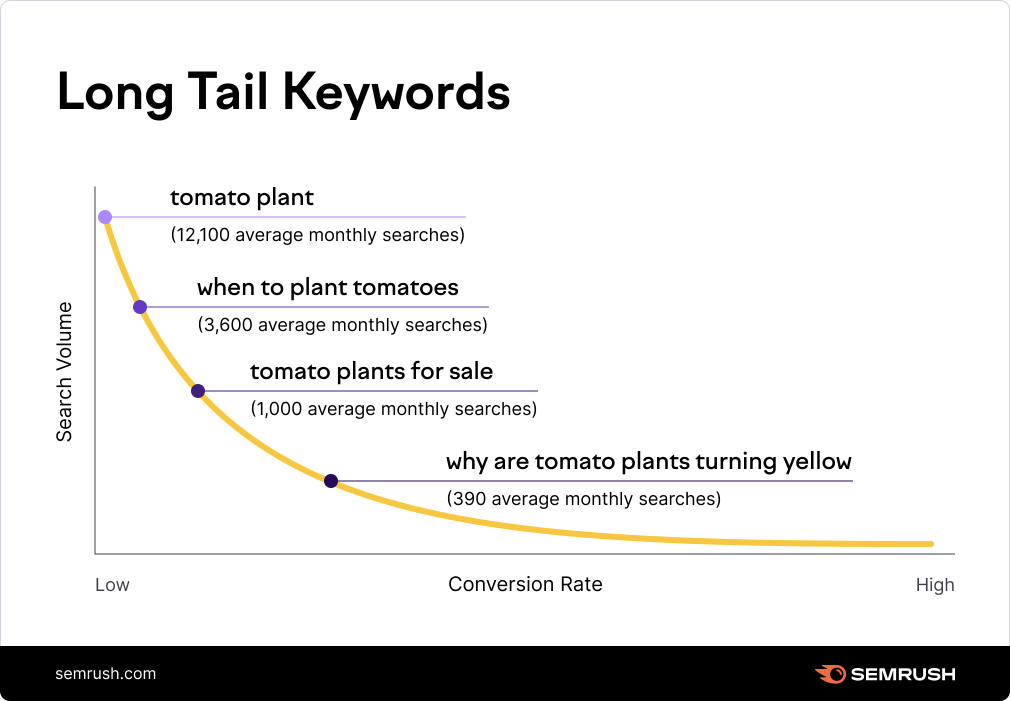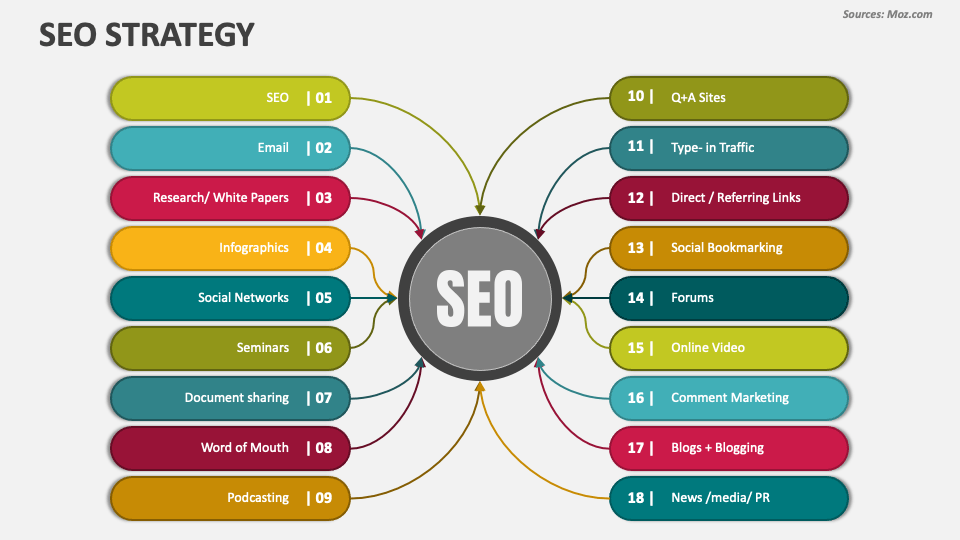
In the vast ocean of the internet, your blog is a tiny island. To attract visitors, you need to be visible. Imagine trying to find a needle in a haystack—that's what it's like for search engines to find your blog without the right keywords. But what if you could make that needle glow? That's the power of long-tail keywords. They're the beacon that guides search engines and readers to your blog. Let's dive into how to use long-tail keywords for better blog SEO.
Understanding Long-Tail Keywords
Long-tail keywords are longer, more specific phrases that visitors are more likely to use when they're closer to making a purchase or seeking a specific answer. They're called "long-tail" because they represent the longer, less competitive end of the search demand curve.
For example, instead of targeting "shoes" (a short-tail keyword), you might target "best running shoes for flat feet" (a long-tail keyword). While fewer people search for the long-tail term, those who do are more likely to be interested in your content.
Why Long-Tail Keywords Matter for Blog SEO
Long-tail keywords matter because they drive targeted traffic. They're easier to rank for because they're less competitive. Plus, they convert better because they're more specific. It's like fishing with a net (short-tail keywords) versus fishing with a spear (long-tail keywords). The net catches more fish, but the spear catches the fish you want.

How to Research Long-Tail Keywords
Long-tail keyword research is like digging for treasure. Here are some tools and techniques to help you strike gold:
1. Google Keyword Planner
This free tool from Google is a great starting point. Enter a short-tail keyword, and it'll suggest related long-tail keywords along with their search volume and competition level.
2. Google Autocomplete
Start typing a phrase into Google, and it'll suggest long-tail keywords based on popular searches. It's a quick way to find what people are searching for.
3. AnswerThePublic
This tool generates long-tail keywords in the form of questions. It's perfect for creating content that answers your audience's queries.
4. Competitor Analysis
Check out your competitors' blogs. What long-tail keywords are they targeting? Tools like SEMrush and Ahrefs can help you find this information.
How to Incorporate Long-Tail Keywords into Your Blog
Once you've found your long-tail keywords, it's time to incorporate them into your blog. Here's how:
1. Use Them Naturally
Your keywords should fit naturally into your content. Don't force them. Remember, you're writing for humans, not just search engines.
2. Include Them in Key Places
Try to include your main long-tail keyword in your title, meta description, URL, headings, and the first 100 words of your blog post. This helps search engines understand what your content is about.
3. Use LSI Keywords
LSI (Latent Semantic Indexing) keywords are related terms that help search engines understand your content better. For example, if your long-tail keyword is "best running shoes for flat feet," LSI keywords might include "arch support," "comfortable running shoes," and "pronation."
Advanced SEO Keyword Strategy: Niche Keywords
Niche keywords are a subset of long-tail keywords that are specific to your industry or audience. They're even more targeted and less competitive. For example, "best vegan running shoes for flat feet" is a niche keyword.
To find niche keywords, understand your audience deeply. What makes them unique? What specific problems do they have? Then, use your long-tail keyword research tools to find relevant niche keywords.

High-Converting Keywords: The Holy Grail
High-converting keywords are long-tail keywords that are most likely to lead to a desired action, like a purchase or sign-up. They're usually transactional, meaning the searcher is ready to take action.
To find high-converting keywords, think about the end of your sales funnel. What keywords would someone use if they were ready to buy? Also, look at your analytics data to see which keywords are already converting well.
Measuring Success: Blog Traffic and Beyond
The ultimate goal of using long-tail keywords is to increase blog traffic and conversions. Use tools like Google Analytics to track your blog's performance. Look at metrics like:
- Organic traffic: How many visitors are coming from search engines?
- Bounce rate: Are visitors staying on your blog or leaving quickly?
- Conversion rate: Are visitors taking the desired action?
Conclusion: Your Journey to Better Blog SEO
Mastering long-tail keywords is a journey, not a destination. Keep researching, keep experimenting, and keep creating valuable content. Remember, the goal is not just to rank higher, but to provide real value to your readers.
So, are you ready to make your blog's needle glow? Start using long-tail keywords today and watch your blog traffic grow.
FAQs
What are long-tail keywords? Long-tail keywords are longer, more specific phrases that visitors use when they're closer to making a purchase or seeking a specific answer.
Why are long-tail keywords important for blog SEO? Long-tail keywords are important because they drive targeted traffic, are easier to rank for, and convert better.
How do I research long-tail keywords? You can research long-tail keywords using tools like Google Keyword Planner, Google Autocomplete, AnswerThePublic, and competitor analysis.
Where should I include long-tail keywords in my blog? Include long-tail keywords naturally in your title, meta description, URL, headings, and the first 100 words of your blog post.
What are high-converting keywords? High-converting keywords are long-tail keywords that are most likely to lead to a desired action, like a purchase or sign-up. They're usually transactional, meaning the searcher is ready to take action.
Posting Komentar